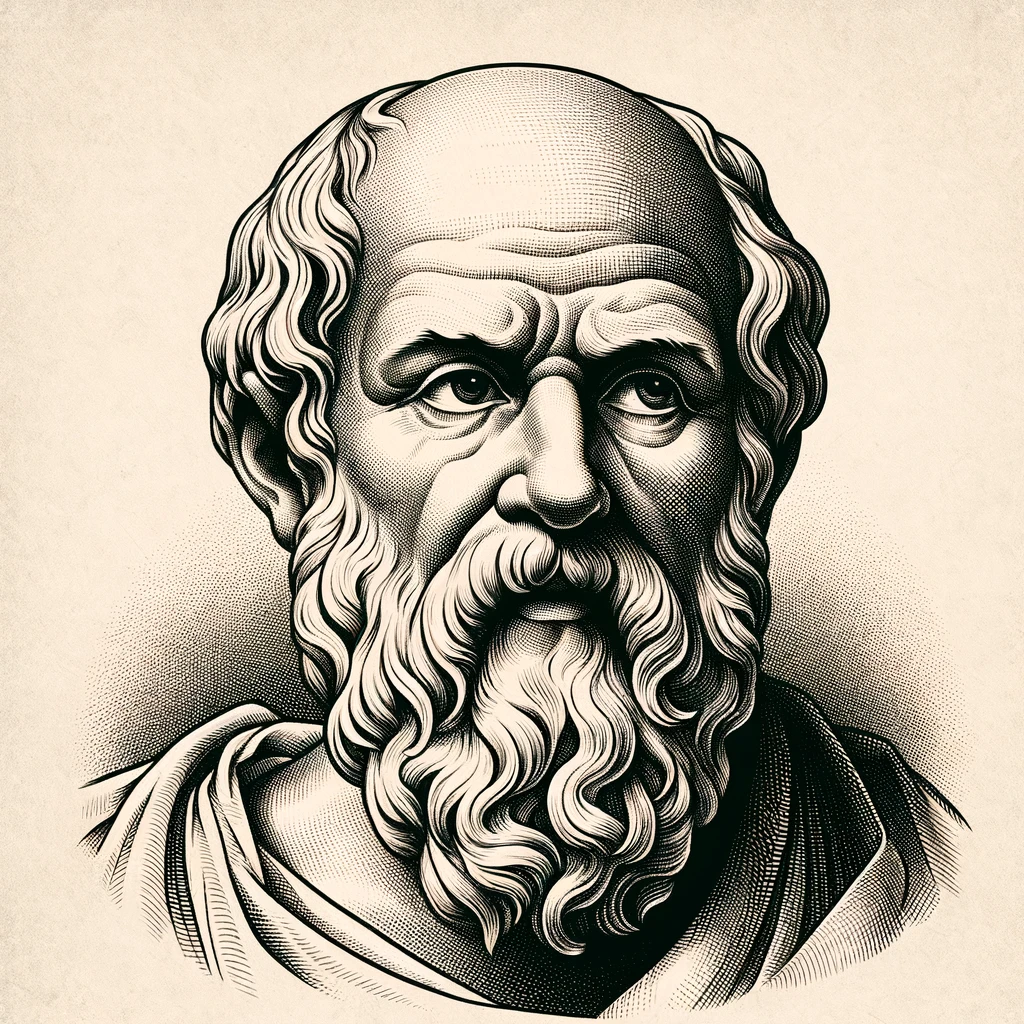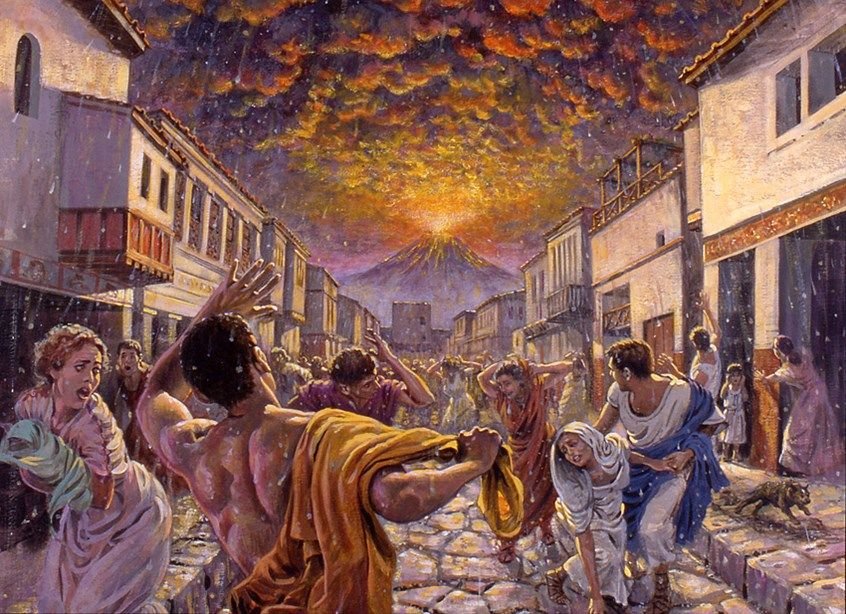So, come, let us embark on a journey to Pompeii, where history breathes and whispers its timeless tales. Unlock the secrets of the past, immerse yourself in the allure of this ancient city, and witness the echoes of a bygone era that continue to captivate and inspire.
Step back in time and journey with us to the ancient Roman city of Pompeii. Buried for centuries under layers of volcanic ash, Pompeii is an archaeological marvel that provides a glimpse into the daily life and tragic fate of its inhabitants. In this captivating exploration, we’ll unravel the secrets of Pompeii and unveil the stories hidden beneath its preserved ruins.
Nestled near the mighty Mount Vesuvius, Pompeii flourished as a vibrant city in the 1st century AD. Its bustling streets, magnificent villas, and grand amphitheater bore witness to the advanced civilization that thrived within its walls. However, this prosperous city would soon face an unimaginable catastrophe that would etch its name into the annals of history.
On that fateful day in 79 AD, Mount Vesuvius erupted with a force so cataclysmic that it buried Pompeii under a thick blanket of ash and volcanic debris. The suddenness of the eruption caught the residents off guard, freezing the city in time and preserving it for centuries to come. It was both a tragic and fortuitous event, as this natural disaster inadvertently provided a remarkable snapshot of ancient Roman life.
Archaeologists and historians have meticulously excavated Pompeii, unearthing an astonishing array of artifacts, buildings, and even human remains. Walking through the streets of this ancient city, one can’t help but be transported back in time. The perfectly preserved frescoes, intricate mosaics, and well-preserved buildings offer a vivid window into the past, revealing the art, architecture, and everyday routines of the Pompeiians.
Beyond the physical remnants, the discoveries within Pompeii have also shed light on the social, cultural, and economic aspects of Roman society. The ruins of Pompeii have revealed evidence of a complex urban infrastructure, bustling markets, and a diverse population comprising of merchants, artisans, and aristocrats. These findings have rewritten our understanding of ancient Roman civilization and its interplay with the city’s unique geographic location.
However, Pompeii’s allure extends beyond its archaeological significance. It stands as a poignant reminder of the fragility of human existence and the unpredictable forces of nature. The tragic fate that befell the city serves as a sobering reminder of the impermanence of our own modern civilizations and the need to cherish and protect our heritage.
Pompeii, once lost in the depths of time, has emerged as a captivating chapter in human history. Its excavation has allowed us to piece together the fragments of a forgotten world, enriching our knowledge and understanding of ancient civilizations. As we explore the remnants of this once-thriving city, we honor the memory of its inhabitants and the resilience of humanity in the face of adversity.









